Europa Gärten
Deutschland
Deutschland hat seit Jahrhunderten eine sehr enge Beziehung zu Kamelien beibehalten. Die erste Beschreibung einer Kamelie findet sich in dem Buch „Der Orientalisch- Indianische Kunst- und Lust-Gärtner“ von Georg Meister von 1692.
Jacob Friedrich Seidel und Traugott Leberecht Seidel, Söhne des Dresdner Hofgärtners Johann Heinrich Seidel, gründeten 1813 in Dresden die erste Zierpflanzengärtnerei, die sich bald auf Kamelien spezialisierte. Im 19. Jahrhundert entwickelte sich Dresden zum führenden Zentrum für Kamelienanbau in Europa. Seidels Kameliensortiment stieg von 19 Sorten im Jahr 1824 auf 1100 Sorten im Jahr 1842 bei einem Produktionsumfang von jährlich 100.000 Stück1.
In Deutschland gibt es auch heute viele schöne Gärten mit Kamelien. Arten wie Camellia japonica, aber auch Camellia reticulata, Camellia x williamsii, viele Hybriden, die herbstblühende Camellia sasanqua und auch Wildformen gedeihen in vielen Regionen Deutschlands.
Die „Flora“, der Botanische Garten in Köln, und der „Luisenpark“ in Mannheim präsentieren Sammlungen von mehreren hundert Kamelien und wurden als „Camellia Garden of Excellence“ ausgezeichnet.
Im Schloßgarten des Pillnitzer Schlosses befindet sich Deutschlands größte Kamelie, die sogenannte Pillnitzer Kamelie, die über 250 Jahre alt ist. Im Jahr 1801 wurde sie von dem Hofgärtner Terscheck an den Ort gepflanzt, an dem sie sich heute noch befindet. Im Winter schützt sie ein fahrbares Gewächshaus. Die Pillnitzer Kamelie wurde 2024 von dem Historischen Komitee der ICS mit einer Auszeichnung als bedeutender, historischer Zierbaum gewürdigt.
1 Kamelienschloss.de
Belgium
Despite its northern position, Belgium and Holland enjoy a relatively mild weather. The high passion of Belgium gardening is witnessed by the charming variety "Masayoshi", imported in 1829 from Japan, named as “Donckelarii” after its Belgian gardener, and eventually rediscovered in Japan, where the original tree is still thriving in Kurume prefecture. Belgium features one Garden of Excellence, namely Arboretum Provinciaal Domein Het Leen.
United Kingdom
The first living camellias seen in England were at Thorndon Hall, Essex, by Robert James, Lord Petre, among the keenest gardeners of his generation, in 1739.
The expansion of global travel through the tea trade in the later 18th Century brought many varieties and species from China, Japan and other areas of Asia, as C. japonica and C. sasanqua. During the early to mid 20th Century, John Charles Williams, of Caerhays Castle, Cornwall, began hybridising C. japonica and C. saluenensis, which produced hardy camellias.
England's camellia heritage is preserved in its 'Gardens of Excellence' where many of the early introductions and hybridisation work can be seen.
France
Brittany and Northern France in general are a centre of camellia production. In early 19th Century Abbe Berlese popularised camellias in the Paris area. Camellias were widely used by florists for corsages. Nantes became an important camellia centre, when Jean-Alexandre Hectot established a camellia collection at Les Jardins des Plantes between 1803 and 1820. Brittany, where Nantes is located, enjoys an exceptionally mild weather and acid soil, thus relaunching a wide passion of camellias, with numerous new gardens.
Italy
Camellias came to Italy through the merchants of Lucca in Tuscany and through Naples, where English residents,as Lady Emma Hamilton, planted camellias in the English Garden of the Caserta Royal Mansion. Around the half of the Ninteenth century Italian nurseries in Florence, Rome, and around Milan, were producing and exporting many hundreds of new varieties, as the spiral flower of "Vergine di Colle Beato" and "Contessa Lavinia Maggi", both still cultivated today. Camellias in Italy start from the very North , on the Swiss border, to Sicily, thanks to the mild climate and to the acid soil. Camellia gardens exploded in the Belle Epoque, especially on the alpine lakes around Milan, and in Tuscany.
The Camellietum of Compito (Lucca, Tuscany), awarded in 2016 as Garden of Excellence, conserves a wide collection of old Tuscan cultivars and it is visited by almost 10.000 people every year. Villa Anelli is a typical private garden, in fascinating location on Lago Maggiore, with a wide sample of old and modern camellias.
Spain
Camellias are concentrated in Galicia a region of North West Spain on the Atlantic Ocean, with a mild maritime weather, which allows the outdoor cultivation of any species and variety. This characteristics has put new enthusiasm and increased the popularity of camellias, with wonderful ancient aristocratic parks and many private gardens. You can find several Gardens of Excellence around the "Route of Camellias", which include ancient parks and newborn arboretums.
Portugal and Azores
Portugal got in contact with Japan and China in the Sixteenth century, and some Chinese words came to Portoguese tongue; E.G.“tea” is "cha" in Portoguese, as in Chinese Mandarin and Japanese. Camellias were cultivated outdoor, in aristocratic parks, and they are nowadays the largest camellia trees in Europe. The recently founded Region is fueling new enthusiasm, also driven by the easy climate. Besides the Garden of Excellence in Sintra, you can find wonderful camellia parks in and around Porto.
Azores are a botanic park by themselves. Thanks to their relative isolation, the aristocratic parks of Azores have preserved from extinction some varieties, as the so-called “Cup of beauty” (="Taca de formosura"), a old Chinese variety of Camellia japonica, probably among the top nicest camellias, with its curved petals, which was believed as extinct in both England and China.
Switzerland
Swiss camellia area is mainly close to the Italian border, where gardens can exploit the mild sub-alpine climate. Swiss Gradens of Excellence are very close to each other, around Locarno. Those gardens are also very close to the Italian gardens of Lago Maggiore, and only 30 kilometers from Villa Anelli. Specifically, the Camllietum of Locarno, on the lake shore, offers a wide range of species and varieties
- Listenansicht
- Kartenansicht
Antony Woodland Garden
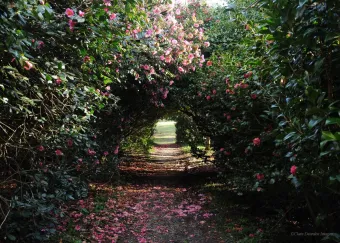
Arboretum Provinciaal Domein Het Leen
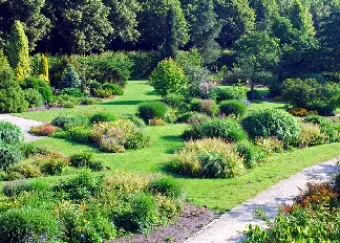
Botanical Garden of Porto
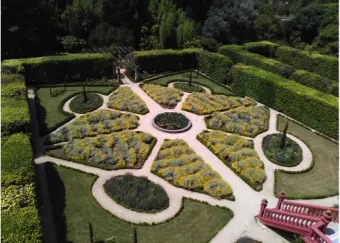
Camellietum Compitese
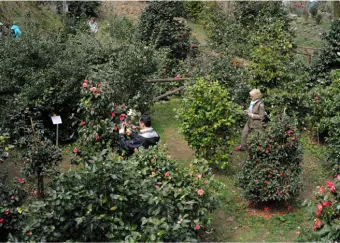
Exbury Gardens
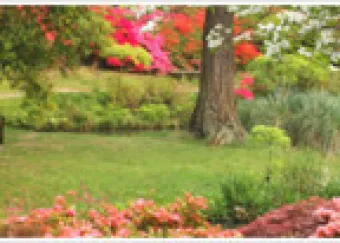
Finca Areeiro
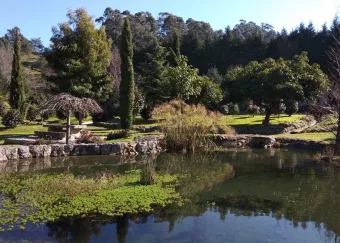
Flora Cologne Botanic Garden
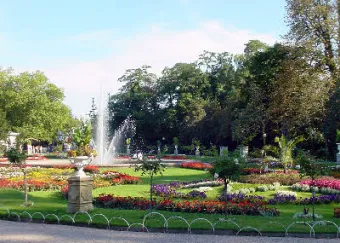
Greenway

Il Bosco di Camelie

Jardin des plantes de Nantes
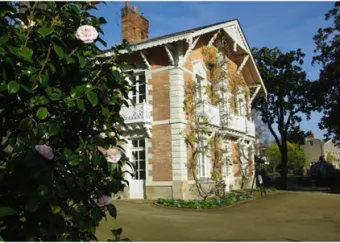
Locarno City Camellia Park
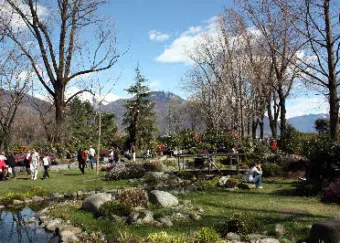
Luisenpark
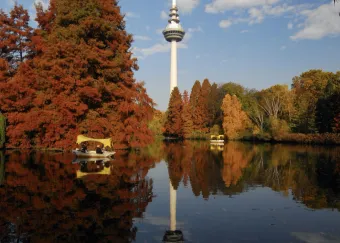
Marwood Hill Gardens
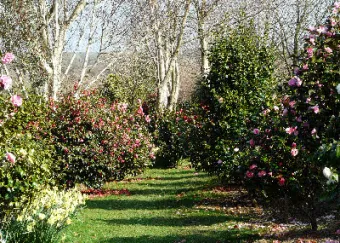
Mount Edgcumbe Country Park & Gardens
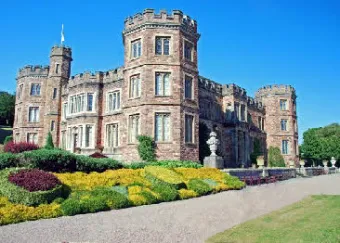
Parque da Pena
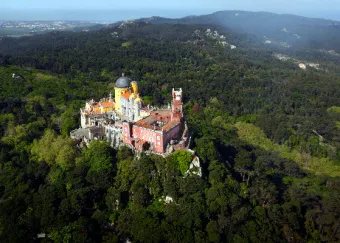
Parque Terra Nostra
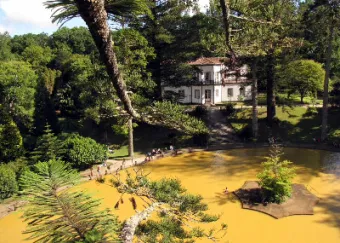
Pazo de Rubianes

Pazo Santa Cruz de Rivadulla
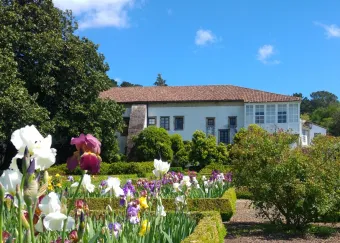
Quinta de Curvos
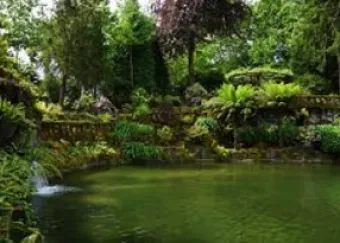
Quinteiro da Cruz
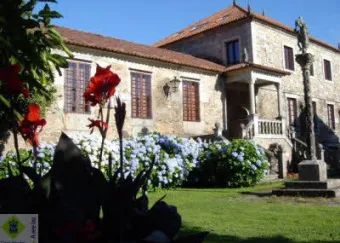
Soutomaior Castle Park

Trévarez estate
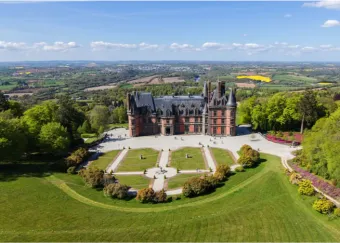
Trewidden Garden
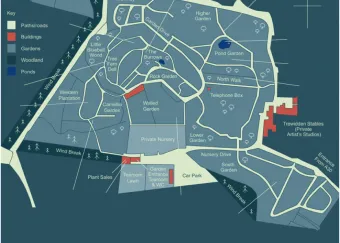
Trewithen Gardens
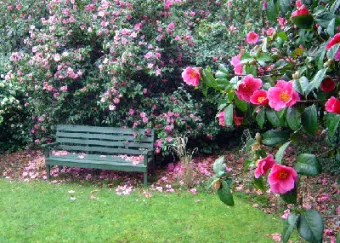
Villa Anelli
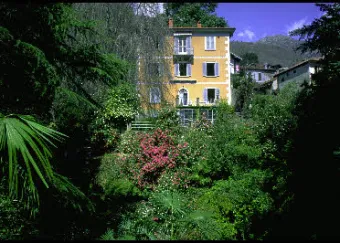
Villa Motta

Web design by Tribal Systems
